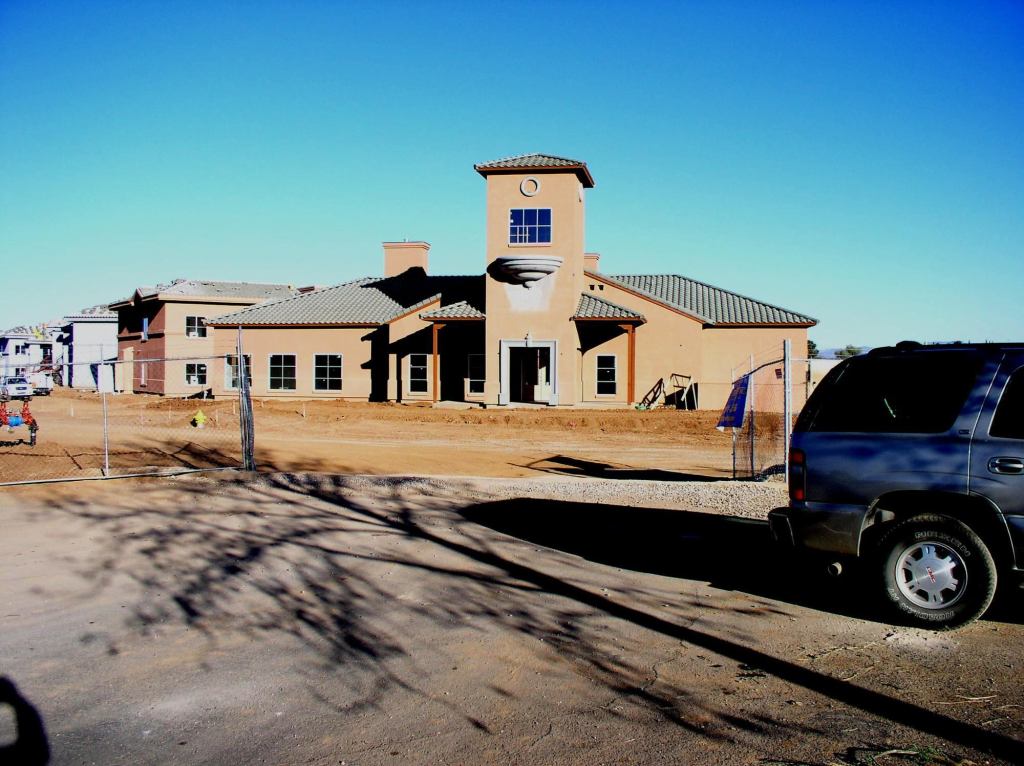“We are still seeing both garden-style and mid-rise,” says David Minno, principal at Lambertville, N.J.-based Minno and Wasko Architects. “Smaller infill-related projects that are financeable is where the market is going, but we have a few clients who have a lot of cash and are still pursuing larger projects albeit with smaller units and higher densities. However, they are their own gap financing and are putting more skin into the game.” Because of real and perceived market risk on the part of both developers and lenders, as well as the inability to source affordable gap financing for mega projects, ground-up residential high-rise and tower construction will be nonexistent in 2010.
Regardless of product type, today’s capital climate for construction financing is redefining what it means to put skin in the game, with necessary equity commitments clocking in at a minimum of 40 percent, according to UDR executive vice president Mark Wallis. “That is why you are seeing the 221(d)(4) programs—they finance a high proportion of the deal and the permanent financing is built in. But those loans are more difficult to get done, and I don’t think that they are particularly suited for doing a great deal of volume.”
REITs such as UDR and AvalonBay have access to public market equity as well as lines of credit to launch communities out of the development pipeline, but Wallis says public operators will likely remain cautious with where they place their bets as the economic recovery unfolds. “Everyone is pretty optimistic about the future, and people are being conservative because it is smart to be conservative.”
In particular, Wallis says firms are being choosy about equity as they continue to weigh the age-old development vs. acquisition conundrum. While a relatively few amount of deals are trading, multifamily owner/developers are nonetheless evaluating on a case-by-case basis when and where to place dollars, considering not only what properties are currently on the market, but what buys they might miss out on if they choose to deploy capital into ground-up construction. “When it comes to raised equity, development is competing with acquisitions, which is always the dynamic,” Wallis says. “It is an opportunistic exercise: What’s for sale? Do I like that deal? Does it fit my markets? So there is a holdback, not just because of tough construction financing, but on the decision to use capacity and possibly miss out on a good buy.”
Follow the Money
The cost benefits of beginning development now could outweigh those acquisition considerations in short order, however, as construction crews eager for work—and materials distributors eager for sales—have pushed labor and building supply costs to palatable lows. “Anyone who can get a project out of the ground right now will recognize more product for their dollar than may ever be seen again in our careers,” says Padgett of the construction cost climate across Summit’s Southeast and Sunbelt markets.
